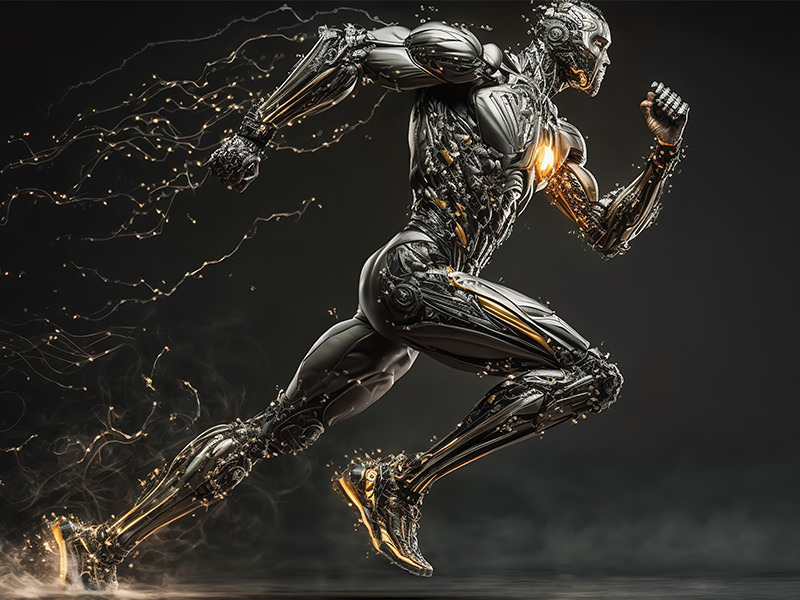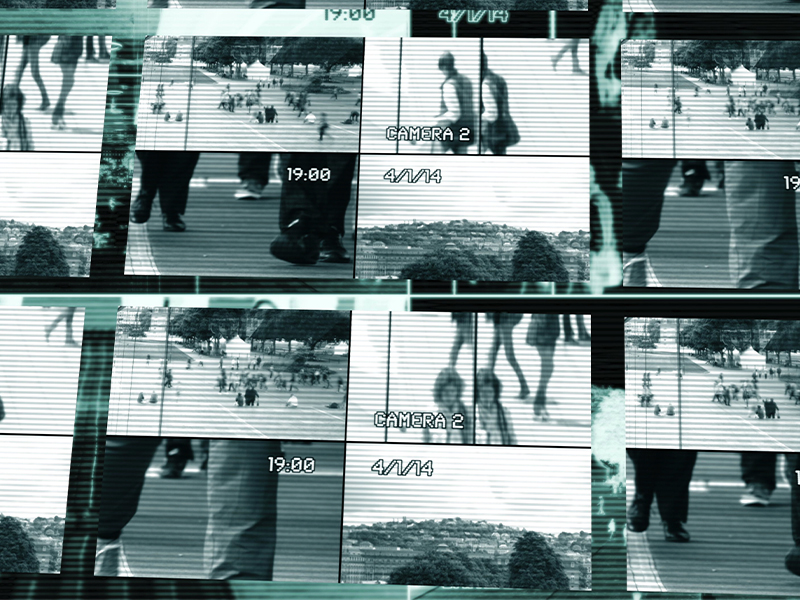I recently received a call from a distinguished and well respected biomechanics expert whom I have known and worked with for several years. He asked me about the use of AI and if I felt he should consider integrating the technology with his practice.
My answer was yes, a biomechanics expert should stay ahead and integrate the use of AI to enhance their analysis and interpretation of complex data related to human movement and injury mechanics.
AI can be used to automate many time-consuming and repetitive tasks, allowing biomechanics experts to focus on higher-level analysis and interpretation. For example, AI can be used to process large amounts of data from motion-capture systems, 3D imaging, and other sources to create more accurate models of human movement.
AI can also be used to develop predictive models that can help biomechanics experts to identify potential risks and prevent injuries. For example, AI algorithms can analyze data from sensors or wearables to detect patterns that may indicate an increased risk of injury, allowing experts to intervene before an injury occurs.
Additionally, AI can be used to improve the accuracy and objectivity of biomechanics analysis. By eliminating subjective biases and providing more consistent and reliable analysis, AI can help to improve the overall quality of biomechanics analysis and increase its credibility in legal and medical contexts.
However, it’s important to note that AI should be used as a tool to support and augment biomechanics expertise, not replace it. Biomechanics experts should continue to stay up-to-date with the latest research and technology in their field and use their expertise to guide the development and application of AI in biomechanics analysis.





